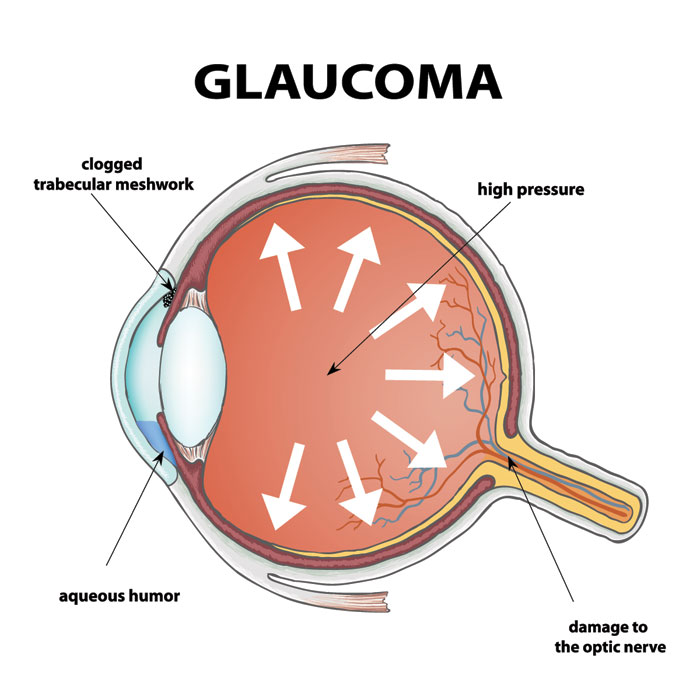Understanding Glaucoma: A Guide to Its Two Main Types
The Two Main Types of Glaucoma
A. Open-Angle Glaucoma
Also known as wide-angle glaucoma, this is the most common form of the disease. The drainage angle between the iris and cornea, while technically open, becomes blocked over time, leading to a gradual increase in intraocular pressure. This pressure progressively damages the optic nerve, often without noticeable symptoms until the disease has advanced significantly.
Symptoms
Open-angle glaucoma typically shows few early symptoms. Over time, patients may experience loss of peripheral vision, followed by gradual reduction in central vision.
Risk Factors
Key risk factors include age, family history, and race (higher prevalence among people of African, Hispanic, or Asian heritage). Medical conditions such as diabetes can further increase susceptibility.
Treatment
Management focuses on reducing intraocular pressure. Treatment options include medications, laser therapy, or surgical procedures to either decrease fluid production or enhance fluid drainage.
B. Angle-Closure Glaucoma
Angle-closure glaucoma involves a closed or narrow drainage angle, which blocks fluid flow and causes a sudden rise in intraocular pressure. This type can lead to rapid optic nerve damage and is often considered a medical emergency.
Symptoms
Symptoms appear suddenly and may include severe eye pain, blurred vision, headaches, and nausea.
Risk Factors
Individuals of Asian or Inuit descent, as well as those who are farsighted, have a higher risk of developing this type.
Treatment
While medication can provide temporary relief, definitive treatment often involves laser therapy to create a small opening in the iris, facilitating fluid drainage and relieving pressure.
Understanding the Differences Between the Two Types
The primary difference lies in pace and presentation. Angle-closure glaucoma is often acute, presenting sudden symptoms and requiring immediate intervention. Open-angle glaucoma, in contrast, is a chronic, slowly progressing condition that can silently cause irreversible vision loss.
Both types highlight the importance of regular eye exams, early detection, and prompt management. Awareness, timely treatment, and preventive care can greatly reduce the risk of severe vision impairment. By sharing this knowledge, you can help others protect their eye health and preserve sight.




